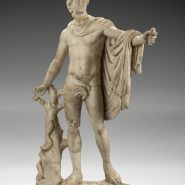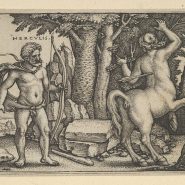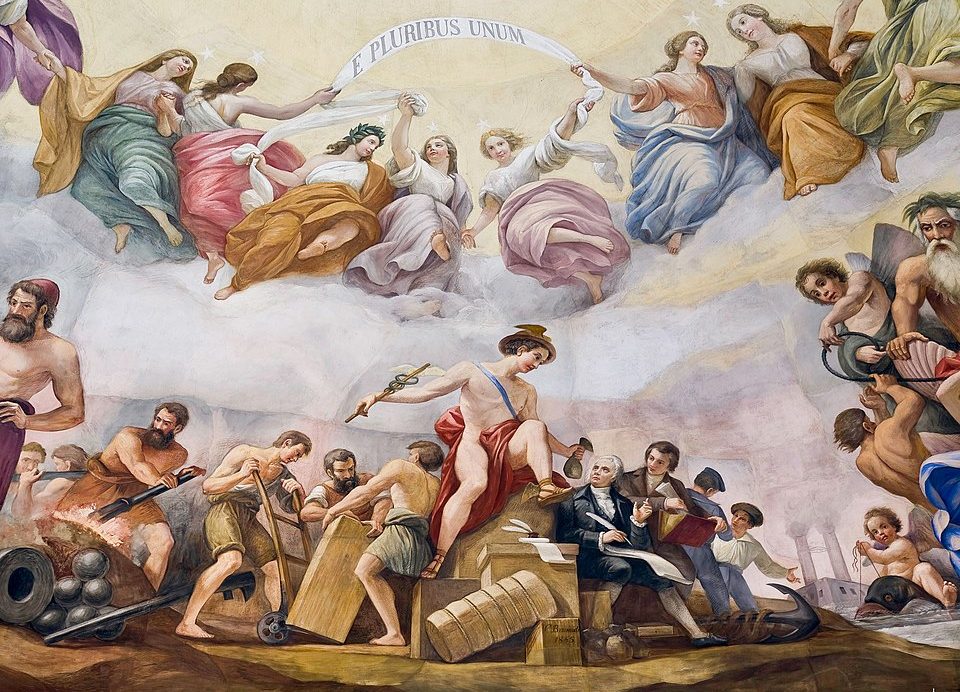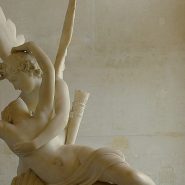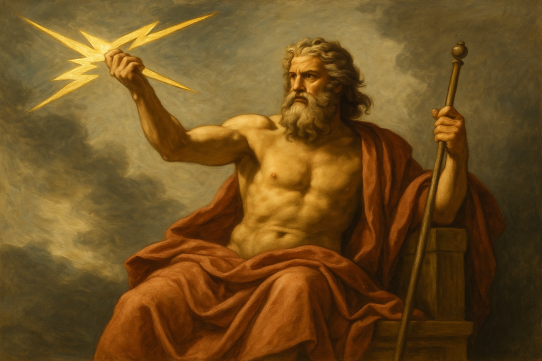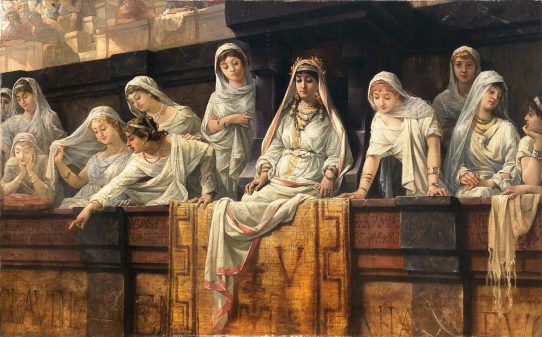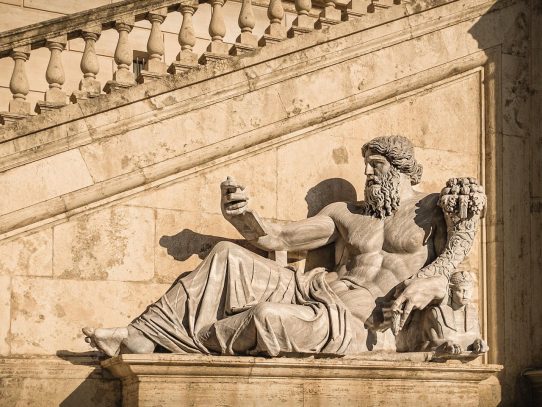The caduceus — a slender rod entwined by two serpents and topped with wings — is one of the most recognizable symbols from Roman mythology.
Wielded by Mercury, the swift messenger of the gods, it represented harmony, negotiation, and the balance between opposing forces. Though often mistaken in modern times as a symbol of medicine, the true essence of the caduceus lies in its mythic roots as an emblem of peace, commerce, and divine communication.
The Divine Messenger and His Symbol
Mercury, known as Hermes in Greek mythology, was the god of travelers, trade, and eloquence — a figure who moved effortlessly between the realms of gods and mortals. His speed and versatility made him not only a messenger but also a mediator. To aid him in these duties, he carried the caduceus, a staff that symbolized his authority to bring balance where there was conflict.
According to ancient tradition, Mercury received the staff from Apollo in exchange for the lyre, which Mercury himself had invented. The exchange established a bond between music and diplomacy, between the harmony of sound and the harmony of human affairs. The caduceus thus became an extension of Mercury’s character: a divine tool that turned chaos into order, hostility into understanding.
The Myth of the Two Serpents
One of the most enduring legends surrounding the caduceus tells how Mercury came upon two serpents locked in combat. Seeking to stop their struggle, he struck the ground between them with his wand. The serpents immediately ceased fighting and coiled peacefully around the staff — their opposition transformed into unity.
This act defined the caduceus as a symbol of reconciliation. The twin serpents came to represent duality — life and death, war and peace, heaven and earth — harmonized through divine wisdom. The wings crowning the staff signified Mercury’s speed and his role as a messenger between worlds.
In Roman thought, the image conveyed not just divine power, but a philosophical truth: that true peace comes not from domination but from balance.
Symbolism and Meaning
The caduceus carried layers of meaning in Roman society:
- Peace and Diplomacy: As Mercury’s emblem, it was a token of negotiation and the cessation of hostilities. Roman envoys sometimes bore a caduceus to signify peaceful intent.
- Commerce and Exchange: Mercury was the patron of merchants and trade. The intertwined serpents represented the mutual trust and exchange essential to commerce.
- Balance and Duality: The staff stood for the reconciliation of opposites — intellect and instinct, spirit and matter, motion and stillness.
Its elegant symmetry made it a visual embodiment of the Roman ideal of moderation and the philosophical concept of harmony in all things.
The Caduceus and the Medical Confusion
In later centuries, the caduceus became confused with another ancient symbol: the Rod of Asclepius, which features a single serpent coiled around a staff and represents healing. The mix-up began in the modern era, when military and commercial organizations adopted the caduceus as an emblem of medicine due to its association with Mercury’s speed and service.
Yet in classical tradition, the caduceus was never a symbol of healing. Instead, it represented peace through balance, understanding through communication, and prosperity through fair exchange — values that resonated with Mercury’s character as a guide, diplomat, and bringer of order.
The Caduceus in Art and Culture
Roman and later European artists often depicted Mercury with his winged sandals, helmet, and caduceus in hand. In mosaics and frescoes, the staff gleamed with divine light, marking Mercury as a figure who connected gods, men, and the underworld alike.
The caduceus also appeared on Roman coins and seals, symbolizing the empire’s ideals of peace and trade. In Renaissance and Neoclassical art, it reemerged as an emblem of wisdom and communication, adorning sculptures, manuscripts, and even architectural façades.
Today, the caduceus endures in modern logos and insignias — often standing for diplomacy, negotiation, and commerce, even when mistakenly used for medicine. Its ancient meaning remains potent: the uniting of opposites through divine reason.
Conclusion
The caduceus, Mercury’s staff of peace, remains one of the most elegant symbols of Roman mythology. It captures the essence of balance — between motion and stillness, conflict and harmony, human and divine. More than a messenger’s emblem, it represents a philosophy: that wisdom and peace arise when opposing forces are brought into understanding.
From ancient myth to modern iconography, the caduceus continues to remind humanity that communication and balance are the truest forms of power.
